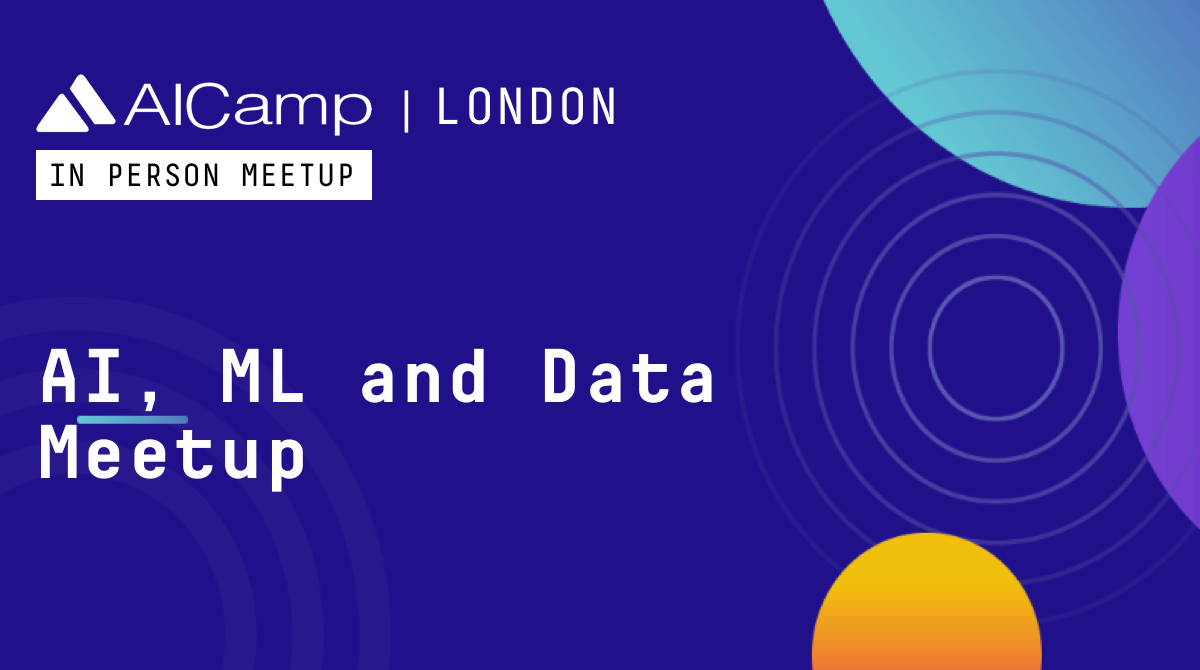Data Harmonisation for Marketing Success: Strategies and Insights
In the digital age, where data is as valuable as currency, marketing professionals face the challenge of navigating through vast oceans of information. The key to unlocking the potential of this data lies in harmonisation - a process that not only streamlines disparate data sources but also unlocks profound insights for targeted and effective marketing strategies.
Data harmonisation is a critical process in the marketing world, enabling organizations to standardize, integrate, and leverage data from diverse sources for strategic decision-making.
Harmonised Data
About Harmonised Data and The Harmony Project If you’ve ever heard of data integration then you can easily understand what harmonised data or data harmonisation is: where disparate data sources are brought together into a single, unified location. But where harmonisation goes a step further is that it reorganises data according to the parameters set by a single schema.
Let’s say you want to combine surveys or questionnaires on mental health with different kinds of wording for similar questions, like “anxiety” vs.
Upcoming Tech Talk at AICamp meetup
Upcoming Tech Talk: at the AICamp AI Meetup (London): AI, Generative AI, LLMs Update: you can download the slides from the presentation here
We’re pleased to announce that the AI tool Harmony will be showcased at the upcoming AICamp AI Meetup in London on 27 March.
You are invited to AICamp’s monthly in-person AI meetup in London. Join us for deep dive tech talks on AI, GenAI, LLMs and machine learning, food/drink, networking with speakers and fellow developers
Data Harmonisation in Healthcare: From Public to Private Records
Introduction In the realm of healthcare, integrating and harmonising data across public and private records is crucial for advancing patient care, research, and policy-making. Data harmonisation in healthcare is a pivotal process for integrating diverse data sources, ranging from public health records to private medical data. This endeavor aims to standardize and unify data for more comprehensive insights, enhancing patient care, research capabilities, and policy-making. This blog explores the concept, significance, and methodologies of data harmonisation in healthcare, referencing key sources and projects in the field.
Tabulating Questionnaire and Survey Result Data
Tabulating questionnaires and survey results is a crucial step in data analysis, providing insights into patterns, preferences, and trends among your respondents. This comprehensive guide will walk you through the process, from understanding basic concepts to applying these principles through a practical exercise. By the end, you will be equipped with the knowledge to efficiently organise, analyse, and interpret your survey data.
Introduction Tabulation involves organizing and summarizing data in a structured format, usually in tables, to facilitate analysis.
10 Data Harmonisation Examples That Move Businesses and Organisations Forward
Did you know that every day, humanity generates 2.5 quintillion bytes of data? That’s like stacking CDs from Earth to Moon twice!
Decisions are increasingly driven by data, which is a big reason why the practice of data harmonisation has become essential in research and the realm of business analytics.
Data harmonisation means combining data from different places to make sure it matches up and can be compared. This is vital for making sense of the huge amounts of data we collect and helps us find clear and important insights.
Combining Multiple Survey Sources - Best Practices
In today’s data-driven world, surveys are a pivotal tool for researchers, marketers, and decision-makers. They offer invaluable insights into consumer behavior, employee satisfaction, and wide-ranging social issues. However, the challenge often lies in harmonising data from multiple survey sources to draw coherent, actionable conclusions. This blog explores best practices for combining survey data, inspired by cutting-edge methodologies.
Table of Contents Introduction Understanding Data Harmonisation Understanding the Landscape Data Integration Techniques Addressing Challenges Leveraging Technology Case Study: Integration of Survey Data to Identify Retail Market Trends Conclusion References Introduction Creating a comprehensive harmonises data from multiple survey sources is both an art and a science.
News coverage
21 Feb 2024, University College London University College London has posted on their website about the Harmony project.
Read more on UCL’s website
26 Jan 2024, Software Sustainability Institute The team on the Harmony project contacted the Software Sustainability Institute (SSI) and had some conversations with Steve Crouch from the SSI and the University of Southampton about making our software more sustainable.
Read more on the SSI’s website
28 September 2023, Ulster University Ulster University’s Psychology department post writes, “The Harmony project is running at Ulster University in collaboration with University College London, the Universidade Federal de Santa Maria and Fast Data Science.
What is Truly Harmonised Data: A Practical Overview
What is Truly Harmonised Data: A Practical Overview In the era of data-driven decision-making, the concept of harmonised data has emerged as a cornerstone for businesses aiming to leverage their data assets fully. However, despite its critical importance, there exists a significant gap between the perception and reality of data harmonisation in the business world. This blog post aims to demystify harmonised data, highlight the common misconceptions businesses have about their data being harmonised, and explore examples of content that have successfully attracted traffic on this topic.
What features would you like to see in Harmony?
Please fill out this form to give feedback on Harmony, an open source tool for social science.
Click here to view other people’s responses.








